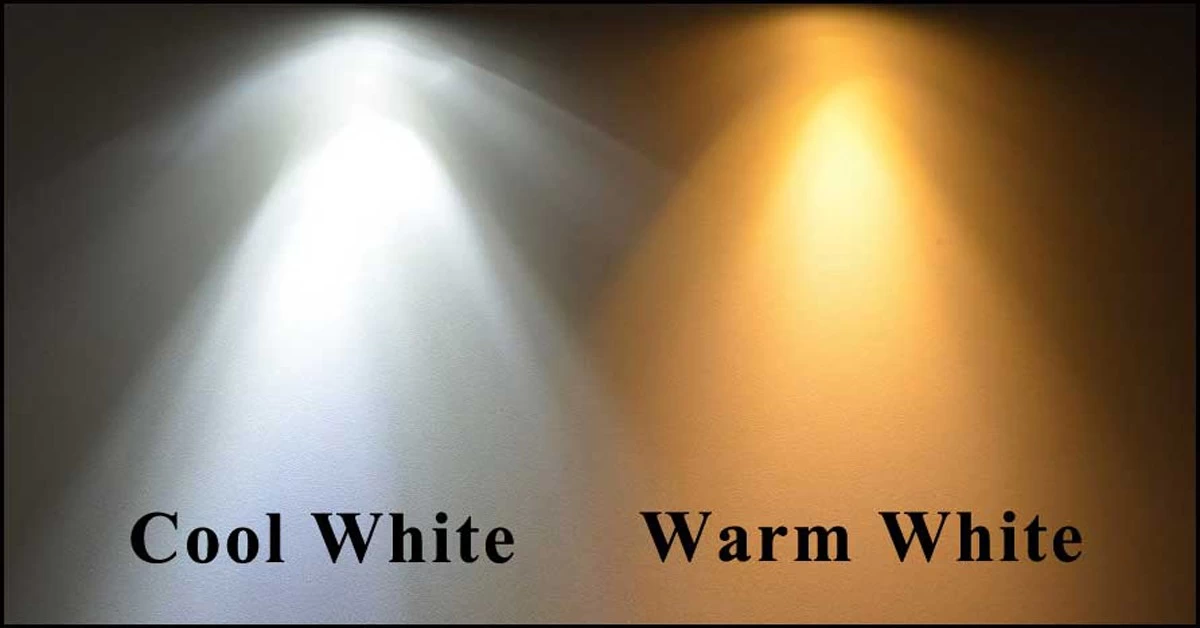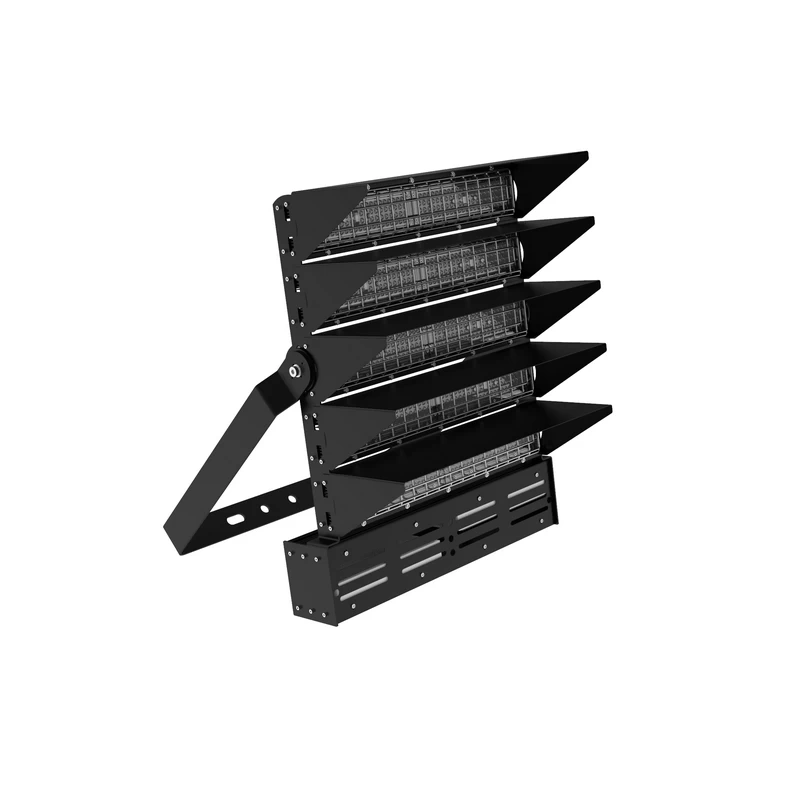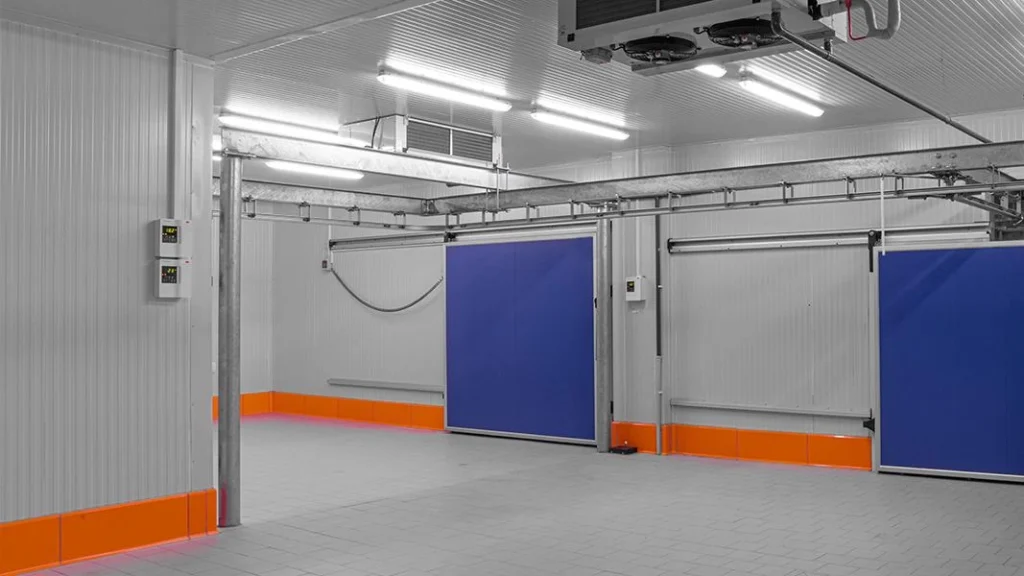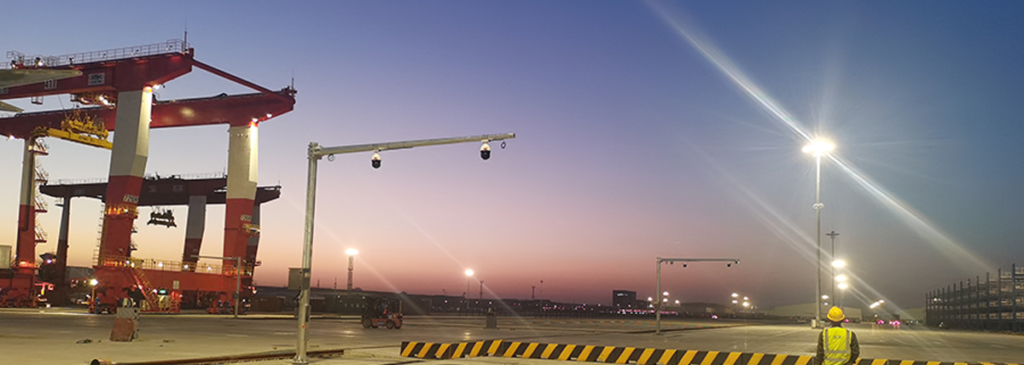Table of Contents
ToggleIntroduction
Is warm white light or cool white light more appropriate for your needs? Selecting between warm white vs cool white LED lights can have a big impact on your space’s functionality, aesthetics, and mood. This article will explain how to choose warm and cool white in residential, workplace or industrial areas. Discover how LedRhythm’s energy-efficient lighting solutions in multiple color temperatures can transform your space.
Cool White Light: What is it?
A color temperature of cool white lighting, usually in the range of 5000K to 6500K, provides a clear, bright look. Because it replicates natural daylight, it is perfect for areas that need to be very visible and productive.
Cool white light is not suitable for bedrooms or relaxation areas as it may affect melatonin secretion and interfere with sleep.
| Aspect | Description |
|---|---|
| Color Temperature | Typically between 5000K and 6500K |
| Light Color | Cool-toned white with a bluish tint |
| Visual Effect | Bright, crisp, and energizing |
| Contrast | High contrast, enhances detail visibility |
| Color Rendering | Depends on product; high-quality versions offer CRI 90+ |
Warm White Lighting: What Is It?
A gentle, yellowish glow with a color temperature ranging from 2700K to 3000K is produced by warm white lighting. It produces a warm, welcoming ambiance that is perfect for homes and leisure areas.
| Aspect | Description |
|---|---|
| Color Temperature | Typically between 2700K and 3000K |
| Light Color | Soft white with a yellow or amber tint |
| Visual Effect | Warm, cozy, and relaxing |
| Ambiance | Creates a welcoming and comfortable atmosphere |
| Color Rendering | Typically high, with CRI ranging from 80 to 90+ |

Key Difference Between Cool White and Warm White
The main differences between cool white light and warm white light are reflected in color temperature, visual perception, application scenarios and psychological impact. View more color temperature differences.
Color Temperature
- Warm White: Has a lower color temperature, typically between 2700K and 3500K. It’s similar to sunlight at dawn or dusk, candlelight, and the light from an incandescent bulb. The light has more red, yellow, and orange components, resulting in a yellowish or reddish appearance.
- Cool White: Has a higher color temperature, typically between 5000K and 6500K. It’s similar to sunlight at midday, with more blue components, resulting in a bluish or whitish appearance.
Visual Experience and Atmosphere
- Warm White: Warm, comfortable, relaxing, and inviting. It creates a soft, tranquil, romantic, and homely atmosphere, evoking images of fireplaces, candlelit dinners, and lounges.
- Cool White: Bright, clear, invigorating, and focused. It creates an atmosphere of efficiency, professionalism, cleanliness, and alertness, evoking images of hospitals, offices, laboratories, factories, and warehouses.
Applicable Scenarios
- Warm White: Ideal for areas requiring a sense of rest and warmth, such as bedrooms, dining rooms, cafes, and any environment where a warm hue is most important.
- Cool White: Ideal for areas requiring clear vision and focused attention, such as kitchens, bathrooms, offices, factories, hospitals, and more.
Other
- Warm white light: This color temperature resembles natural sunlight after sunset, helping the body secrete melatonin, promoting relaxation and preparing for sleep.
- Cool white light: This color temperature is closer to midday sunlight, suppressing melatonin production and promoting alertness and focus. While it’s ideal for daytime sleep, excessive exposure to cool white light at night may disrupt sleep.

Advantages of Cool White Lighting
- Enhanced Productivity: In offices and industrial settings, the bright tone of cool white bulbs enhances concentration and lessens tiredness.
- True Color Representation: Perfect for settings that need accuracy, such as design studios or hospitals.
- Versatile Applications: Suitable for cool white LED lamps, cool white light globes, and cool white spotlights.
Advantages of Warm White Lighting
- Comfortable Ambiance: Relaxing settings are ideal for the cozy glow of warm light bulbs.
- Energy Efficiency: Modern warm white LED bulbs are energy-efficient without sacrificing comfort.
- Health Benefits: Promotes better sleep and relaxation by reducing exposure to blue light.
Selecting Warm White or Cool White for Various Spaces
Home Lighting
Use warm white lights in bedrooms and living areas to create a homey atmosphere.
For improved visibility, use cool white light bulbs in restrooms and kitchens.
Office Lighting
Install cool white LED bulbs to maintain concentration and productivity.
Avoid warm light bulbs, which may induce drowsiness rather than alertness.
Industrial and Commercial Uses
Cool white LED lamps are essential for shops, warehouses, and medical institutions.
Warm white lighting enhances the customer experience in hotels and retail establishments.
Cool and Warm White Lighting Products from LedRhythm
LedRhythm offers cutting-edge LED lighting products, each led light is available in warm white or cool white, up to 6500K.
Whether you are lighting industry expert or novice, feel free to contact us. We can customize a complete lighting solution for you within 24 hours.
Summarize
When choosing between warm and cool white light, don’t just buy based on your personal preferences. You should consider your environment and needs to ensure the best lighting experience.
Remember that warm white LEDs create a comfortable and peaceful atmosphere, while cool white LEDs enhance concentration and productivity.
People Also Ask
Which is better for a workspace: cool white or warm white?
Cool white LED lights are better for workspaces due to their bright, crisp light that enhances focus and productivity.
Can I mix cool white and warm white lighting in the same room?
Yes. Mixing cool and warm white light in the same room is common in modern lighting design.
As long as the lighting is partitioned appropriately, the areas are clearly defined, and the color temperature differences are not abrupt, it can actually enhance the ambiance and functionality of the space.
Are cool white LED lights more energy-efficient than warm white?
In same light, cool white LEDs are generally slightly more energy-efficient than warm white ones. This is because cool whites are more efficient, but the difference is so small that the actual savings are minimal.
Are soft white light and warm white light very close?
Indeed. Soft white light and warm white light are very similar and almost equivalent. However, warm white light has a slightly higher color temperature and a slightly yellower tint.








